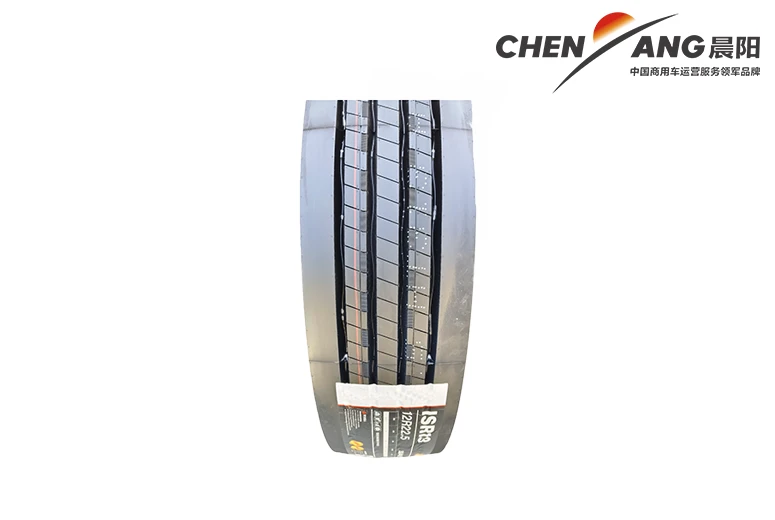ladder chassis
Understanding Ladder Chassis Design and Applications
The ladder chassis, a foundational element in automotive design, has been utilized for decades in various types of vehicles. Its simple yet effective design offers numerous advantages, making it a preferred choice for many manufacturers. This article delves into the intricacies of ladder chassis design, its applications, and its impact on vehicle performance.
What is a Ladder Chassis?
A ladder chassis consists of two parallel longitudinal beams—often resembling the sides of a ladder—with cross members connecting them at various intervals. This design forms a robust, rectangular frame that provides structural integrity while allowing easy attachment of other vehicle components like the body, engine, and suspension systems. The straightforward construction of a ladder chassis lends itself to low manufacturing costs and ease of repair, making it a popular option for various applications.
Key Features of Ladder Chassis
One of the fundamental features of a ladder chassis is its strength-to-weight ratio. The design effectively distributes loads across the frame, minimizing stress concentrations that might lead to structural failure. Additionally, its open design provides ample flexibility for integrating different types of bodywork, which is why it is frequently used in trucks, SUVs, and some sports cars.
Another significant advantage of ladder chassis is simplicity. The straightforward design means that modifications and repairs can typically be done without the need for specialized equipment or training. This is particularly beneficial for fleet vehicles, where longevity and minimal downtime are critical for operations.
Applications of Ladder Chassis
Ladder chassis are versatile and have been adopted across various industries
. In the automotive sector, they are predominantly used in pickup trucks, light-commercial vehicles, and some off-road vehicles. The robustness of the ladder chassis allows these vehicles to handle heavy loads and rough terrains, making them ideal for commercial use.ladder chassis

Another area of application is in motorsport, particularly in rally racing and off-road events. The ladder chassis provides a strong platform that can withstand the rigors of race conditions, while also allowing for the installation of performance suspensions and differentials aimed at enhancing handling and power transfer.
Moreover, ladder chassis are also found in some recreational vehicles (RVs) and buses, where durability and the ability to carry significant weight loads are paramount. The ample space provided by the ladder design enables manufacturers to design spacious interiors suited for passenger comfort or cargo transport.
Challenges and Limitations
Despite the advantages, ladder chassis designs also have limitations. The simplicity of the structure can be a double-edged sword; while it provides strength and ease of construction, it often results in a higher center of gravity compared to monocoque designs (where the body and chassis are a single component). This elevated center of gravity can affect handling, particularly in high-speed scenarios.
Furthermore, ladder chassis may weigh more than alternative designs, which can impact fuel efficiency. As automotive technology advances, manufacturers are exploring lighter and more efficient designs, leading to a decline in the use of ladder chassis in passenger vehicles. However, they remain prevalent in commercial and heavy-duty applications where payload capacity is a priority.
The Future of Ladder Chassis
As we move towards an era of electric vehicles (EVs) and advanced automotive technologies, the ladder chassis design is also adapting. Electric trucks and SUVs are being developed on ladder chassis platforms to take advantage of existing modular designs while accommodating heavy battery packs. Companies are innovatively combining the strength of traditional ladder chassis with new materials to enhance performance and efficiency.
In conclusion, the ladder chassis remains a cornerstone in vehicle architecture, especially in commercial and off-road applications. Its advantages of strength, simplicity, and versatility ensure that it will continue to play a significant role in the automotive industry for years to come. While challenges do exist, ongoing innovations are likely to evolve the ladder chassis, keeping it relevant in the rapidly changing landscape of vehicle design. Whether hauling cargo or navigating rugged terrain, the ladder chassis has proven its worth as a reliable and efficient option across various applications.
-
SINOTRUK HOWO 84 Electric Dump Truck for Eco-Friendly Heavy HaulingNewsJul.26,2025
-
The Fast 16-Gear Manual Transmission Assembly for Heavy TrucksNewsJul.25,2025
-
Mercedes Benz Actros 1848 42 Tractor Truck for Sale - Reliable PerformanceNewsJul.24,2025
-
High-Quality Water Pump Assembly for Sinotruk Trucks – Durable & ReliableNewsJul.23,2025
-
Premium Truck Engine Antifreeze Coolant Fluid for Heavy Duty VehiclesNewsJul.22,2025
-
FOTON View G7 Mini Bus: Affordable & Spacious TransportNewsJul.22,2025
Popular products

























